Your 7-Point Toronto Home Exterior Inspection Checklist

Your home’s exterior is just as important as its interior in a home inspection. Your home’s exterior is the front line of your lovely shelter. Maintaining the exterior not only gives you a sense of unparalleled satisfaction but also saves you a ton of money. But where does your home get the most hit? Here are 7 areas that must be maintained and repaired to pass an exterior home inspection.
- Roofing Inspection
- Siding and Walls
- Foundation and Structural Elements
- Windows and Doors
- Driveways, Sidewalks, and Patios
- Landscaping and Perimeter
- Decks, Porches, and Balconies
Before you read …
If you’re unfamiliar with the whole home inspection process, it’s worth a couple of minutes of your time to see what you’re dealing with in a home inspection. Click on “What Is Home Inspection?” to learn more.
Why Exterior Home Inspections Are Essential?
The significance of a home inspection is how it can help you notice some defects that might otherwise go unnoticed. Home inspectors can detect problems early while solving the problem is still easy and affordable.
Moreover, the inspector’s examination of your home helps you keep the house in good condition to survive harsh weather conditions. It also makes your home a reliable shelter where you can enjoy peace and convenience.
Overall, a home inspection is, more than anything else, a matter of efficiency. It gives you the assurance of a safe shelter where everything is in order. Plus, a well-maintained exterior means no heating or cooling energy is wasted.
Checklist for Exterior Home Inspections
Let’s get to what a house inspector will examine in an exterior house inspection to ensure it meets property standards. If you’re the seller, you can increase the asking price by fixing any problems with these house exterior sections. If you’re the buyer, you should estimate how much repairing the broken sections would cost and deduct it from the asking price.
1. Roofing Inspection
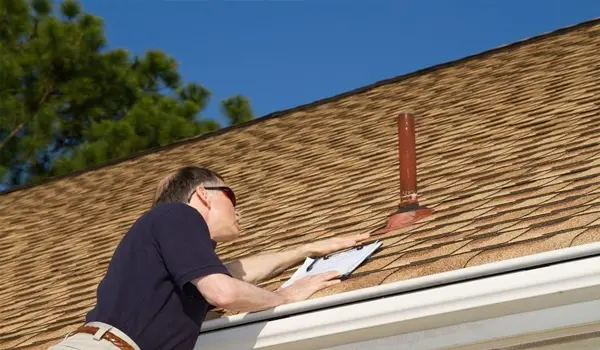
The inspector will thoroughly examine all parts of the roof. Some inspectors might even use professional drones to conduct a more concise examination. Roofing inspection includes anything on top of your house, such as shingles, flashings, skylights, gutters, downspouts, chimneys, and the roof surface and structure.
It’s essential for the shingles to be intact and secure, and the flashings should be installed properly to prevent water damage and leaks. Also, make sure the gutters and downspouts are debris-free and allow for proper drainage. If your roof isn’t in good condition, these guidelines can help you survive the roof inspection.
2. Siding and Walls
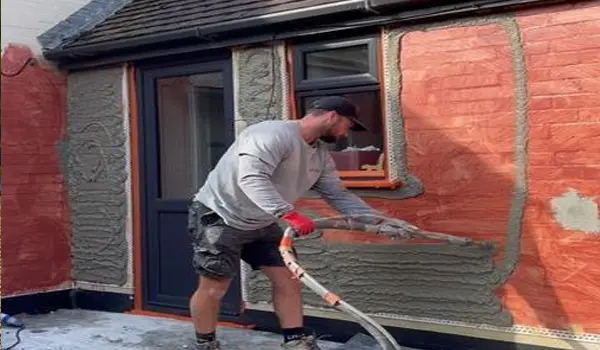
To pass a home inspection, the walls and siding must be in good condition. Bulges, mold, and paint peelings on the walls really put the inspector off. But that’s only at first glance. The inspector also examines the wall for any holes or gaps that might allow moisture or pests to enter the house or affect energy efficiency.
Moreover, for joints and other areas where different materials meet (e.g., siding and windows), you should check the caulking to ensure it is in good condition and effectively seals out the moisture. Also, if there are any electrical outlets, they should be sealed.
3. Foundation and Structural Elements
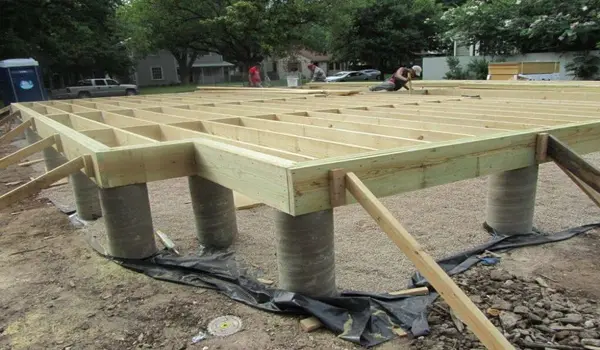
The stability and safety of the property depend significantly on the foundation and structural elements, so if you find any cracks in the foundation walls or on the floor, you should immediately repair them. Of course, hairline cracks shouldn’t scare you, as they might be caused by temperature differences. However, if the cracks look deep, they might be caused by factors such as settlement or water damage. Ignoring such cracks can put your safety in jeopardy. You can find more tips here to pass the foundation inspection.
Furthermore, structural elements such as load-bearing walls, beams and columns, and joints and rafters will be inspected as well. These elements ensure the structural integrity of your home, and you shouldn’t overlook any sign of bowing, sagging, or rotting in these elements.
4. Windows and Doors
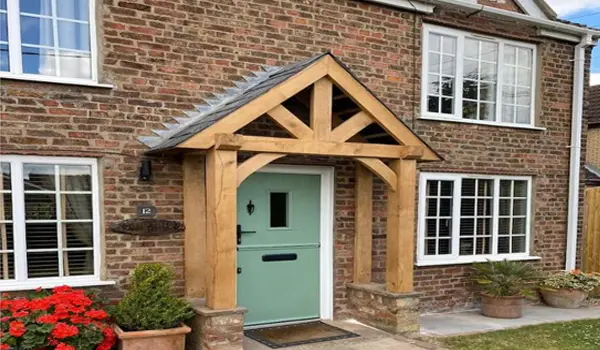
When it comes to inspecting windows and doors, two factors are checked: energy efficiency and functionality. Windows and doors should open and close smoothly, and the locks and latches should function properly. You should also check windows and doors for any cracks in or around them that might let moisture or pests in and affect the energy efficiency of the house.
Security features are also important, especially for doors. Locks should function properly, and other features, such as peepholes, chains, or bolts, should be in good working order. Wooden doors should be well-painted to preserve their strength. Additionally, you should keep the hinges well-oiled to get rid of the squeaking noise when opening or closing the doors or windows.
5. Driveways, Sidewalks, and Patios
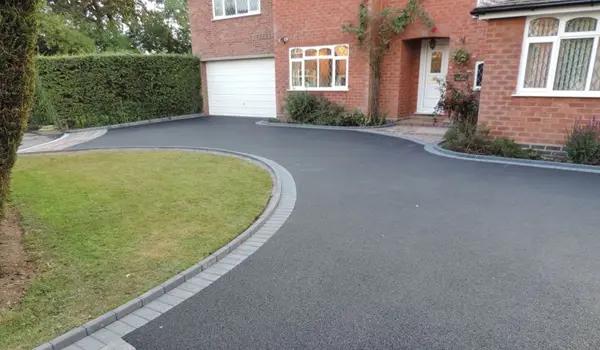
These surfaces should be even to avoid tripping hazards. They should also slope down towards the sewer system to allow for proper drainage. If these surfaces slope toward the foundation, they might cause leaks in the basement.
In addition, any obstruction, such as tree roots or debris, should be removed from the driveway and patio. If you have previously repaired these surfaces, make sure they don’t bulge or sag. Just keep it clean and even.
6. Landscaping and Perimeter

The inspector will look around the property to examine factors such as grading, vegetation, and other outdoor features. It’s easy to overlook these factors since they don’t directly affect the structure of the house.
As mentioned earlier, the grading should be in such a way as to direct water towards the sewer system (not the house). Regarding the vegetation, there should be adequate space between the garden and the house; otherwise, the roots might damage the foundation and pests can find their way to the house. The inspector will also examine the installation and functionality of outdoor features, such as lighting, security (e.g., fencing and gates), and anti-theft systems (like cameras and alarms).
7. Decks, Porches, and Balconies
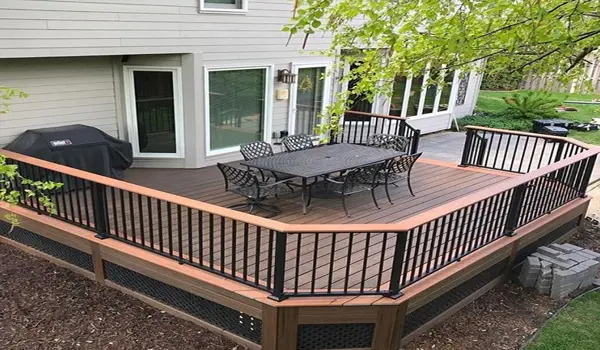
Again, structural integrity is the inspector’s main concern when inspecting decks, porches, and balconies. The support posts and columns should be securely anchored, and the beams and joints must receive the maintenance they need to support the expected load of people or furniture.
Finally, the stair treads must have an even surface, and the railing must be steady to prevent falling or tripping hazards. Make sure the railings are free from splinters and sharp edges. It’s worth mentioning that the stairs should also be well-lit.
Impact of Toronto’s Weather on Home Exteriors
Winters get really cold in Toronto, reaching temperatures below -20 degrees Celsius and under. And heavy snowfall isn’t a strange phenomenon. This can cause structural damage to the roof and freeze and burst the pipes.
On the other hand, Canada’s summers can lead to the growth of mold and mildew on exterior surfaces, especially wood and masonry. The sunlight can also fade the paint, and the heat and humidity promote peeling.
Common Exterior Issues Found in Canadian Homes
When evaluating an average house in Canada, it’s common to encounter several of the following defects in the house. A couple of the problems might be normal, especially in older houses, but more serious damages would cost much to repair. The following are among the things that fail a home inspection.
- Sagging gutters: Gutters should slope down to the downspout, and the downspout should end a few feet away from the foundation.
- Foundation cracks: Step cracks and extensive cracks are cause for concern.
- Improper grading: The grading must slope away from the house.
- Roof problems: walk away from the house and look at the roof from different sides; look for any irregularities.
- Chimney issues: Ensure there are no missing bricks or large cracks in the chimney.
- Damaged windows: Take a close look at the windows for rots, rusts, cracks, or patch jobs.
- Rotting decks: Paint can cover the rot, so look at the underside to better understand the deck’s condition.
- Rotting siding: This can damage the underlying layers and let moisture and pests inside the house.
- Crumbling mortar: The mortar between the brick is more vulnerable to deterioration, and depending on the severity, it may need some tuckpointing.
- Damaged trees: Wath out for old trees that seem to fall with the next storm.
How to Prepare for an Exterior Home Inspection?
The first thing would be ticking all seven items on this home exterior inspection checklist. But other than that, make your house leave an excellent first impression. Cleaning up the exterior, mowing the lawn, repairing loose fences or damaged gates, and replacing burned-out lightbulbs in the yard. Walkways are under closer scrutiny, so any loose stones should be fixed and uneven surfaces repaired.
Before the inspector arrives, make sure they have access to all parts of the home, unlock all gates, doors, and shades, and clear out the pathways for easy access. It’s also a good idea to present documentation of any previous repairs or maintenance work done on the exterior.
Lastly, you should be present during the inspection to answer any questions the inspector might have about the house. Be patient during the inspection, and try to talk passionately about the house and add a personal touch to your answers to leave a positive impression. For a complete guide, click on “How to Prepare For a Home Inspection?”
What’s next? You should address the problems in the inspection. Here are some essential fixes after a home inspection.
Conclusion
When a home inspector comes over to examine your home, the first thing they see is the exterior. In fact, your home’s exterior is as important as its interior in a home inspection. Therefore, you must repair all irregularities outside of your house. By repairing and maintaining the 7 items of this home exterior inspection checklist, you can rest assured of a successful inspection.
- In this post:
- Why Exterior Home Inspections Are Essential?
- Checklist for Exterior Home Inspections
- Impact of Toronto’s Weather on Home Exteriors
- Common Exterior Issues Found in Canadian Homes
- How to Prepare for an Exterior Home Inspection?
- Conclusion



